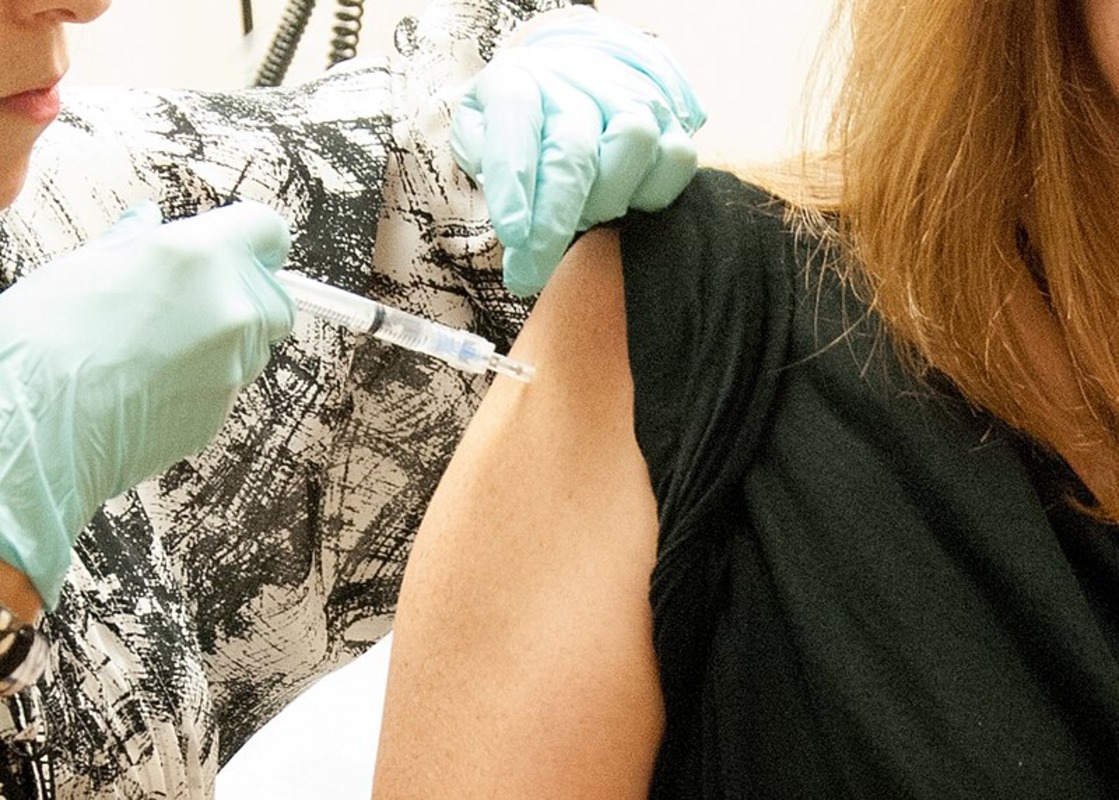
The rapid approach of respiratory viruses as the colder months take hold can often overshadow the perennial health concerns that simmer throughout the year—among them, the ever-persistent Respiratory Syncytial Virus (RSV). As reported by Pima County , Crystal Rambaud, immunization program manager at Pima County Health Department, underscores the seasonal pattern of the virus, warning that "unfortunately, RSV season is here," with spread intensifying in fall and winter and typically peaking in the December to January window. Particularly dangerous for certain demographics such as infants and the elderly, RSV warrants precautionary measures.
Rambaud advises, according to a Pima County newsroom statement , "now is the time to consider getting vaccinated if you or your loved one falls into the following categories: 'All infants up to eight months old,' 'children between eight and 19 months who are at risk for severe RSV disease,' 'all adults 75 and older,' 'adults between 60 and 74 who are at risk for severe RSV disease.'" Symptoms masquerading as a common cold, such as fever and coughing, can make distinguishing RSV challenging. Nonetheless, for young infants and those at high risk, RSV possesses the potential for severe respiratory distress.
Rambaud cautions that only PCR lab testing can definitively diagnose the virus, laying out the often deceptively mundane nature of its symptoms. Contagion protocols for RSV can be subtle and prolonged. People with RSV typically remain contagious for a day or two before symptoms manifest, and for three to eight days thereafter, as detailed by Pima County .
However, as noted by the health department, certain individuals, including some babies and those with compromised immune systems, can remain contagious post-symptoms for an extended period, sometimes up to a month..














